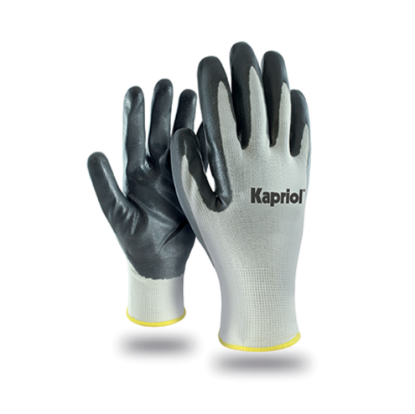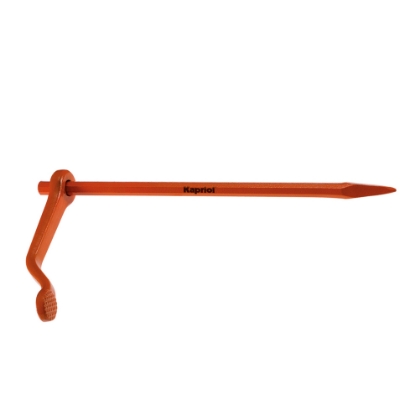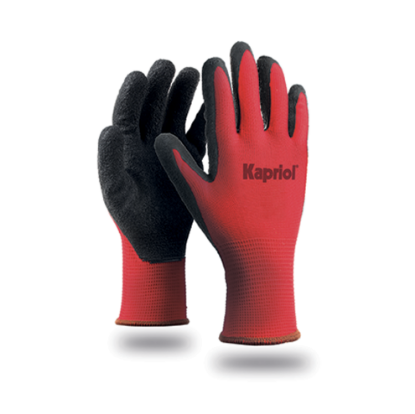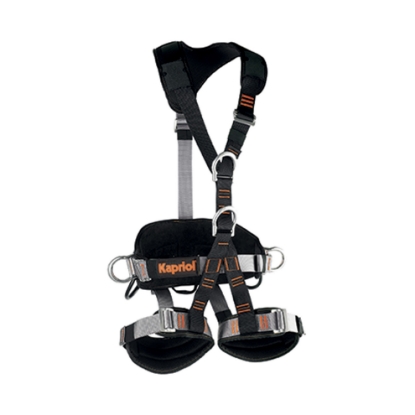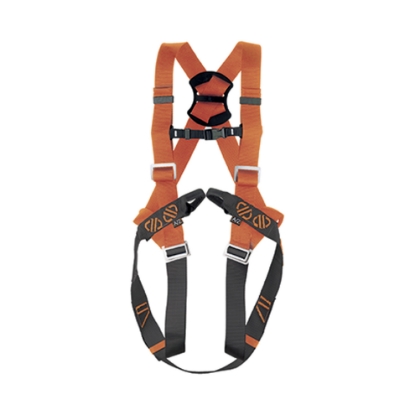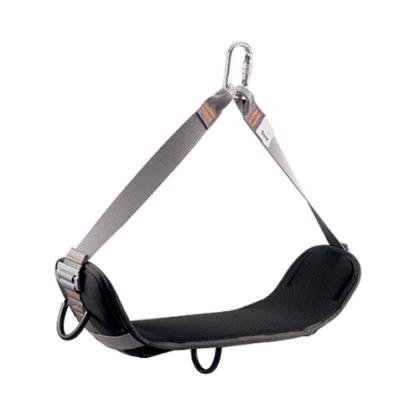| Art./Item | Pcs |
|---|---|
| 27974 | 1 |
Fall arrest safety harness with 3 attachments: one dorsal (A) and two frontal (A) attachments that can also be used individually. Thanks to the double sternal ring, the Beta 3 harness is ideal for use on ladders equipped with a fall arrest system.
The fall arrest harness is equipped with practical adjustable shoulder straps and leg loops, making it extremely comfortable and easy to wear.
TECHNICAL SPECIFICATIONS
- One dorsal fall arrest attachment (A)
- Two front fall arrest attachments (A) that can also be used individually
- Adjustable braces
- Adjustable leg loops
- Thigh strap
- EN 361 standard
Maintenance and storage of PPE
PPE periodic checks and inspections
Harnesses
Ergonomics
Stitching
Connectors type
Wear the right size
How to put it on
Inert suspension syndrome
Correct and regular maintenance helps prevent premature ageing of PPE. For this reason, users are recommended to carefully respect all indications found in the user and maintenance manual that accompanies each PPE and to follow the simple storage and preservation rules:
- Keep away from sunlight and UV rays as these are the primary cause of ageing of PPE textile fibers
- Keep PPE away from direct heat sources as the synthetic textile fibers used to make harnesses, lanyards, and energy absorption systems have a very low melting temperature
- PPE must be stored in cool and dry areas, as humidity generates mold harmful to textile fibers and corrosive on metal parts
- A periodic cleaning operation is essential to ensure a good durability of the PPE
- A washing with lukewarm water eliminates surface dirt and that present inside the textile fibers
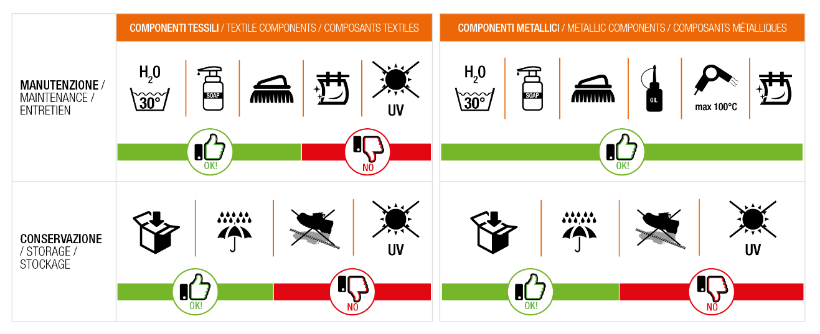
The current legislation requires that each equipment must be subjected to periodic inspections:
- Before, during and after use, the user must check the PPE conditions and integrity through a visual inspection after each use
- At least every 12 months, PPE must be subjected to mandatory periodic checks and inspections by competent personnel authorized by the manufacturing company
Each PPE is accompanied by a manual and identity card that must be kept for the entire use duration of the product and filled in with the periodic inspections data.
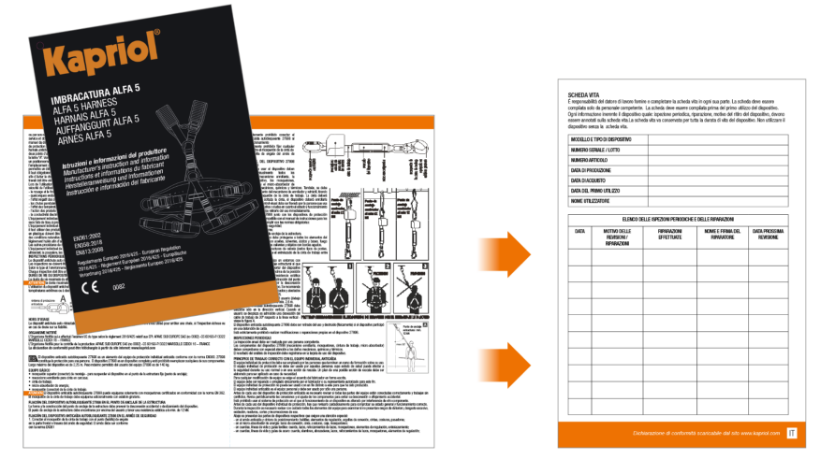
Harnesses are made of high-resistance polyester webbing and are classified by type and number of connectors. In fact, harnesses can have:
- back and/or breast connector: used to fasten it to the structure, its position on the product is indicated by label A;
- waist connector: used for suspension purposes;
- side connectors: used for positioning purposes.
All harnesses comply with EN 361 Standard requirements.
The most performing models, Alfa 5 and Combi, also comply with EN 358 Standard requirements (positioning and restraint) and Alfa 5 only with EN 813 Standard requirements (belt with leg loops).
All models are developed paying special attention to their ergonomics, to make the harness comfy to wear both during normal use and, above all, in the event of a fall. The padding on the leg loops, back and shoulder straps present in some models guarantee excellent comtort and exceptional breathability.
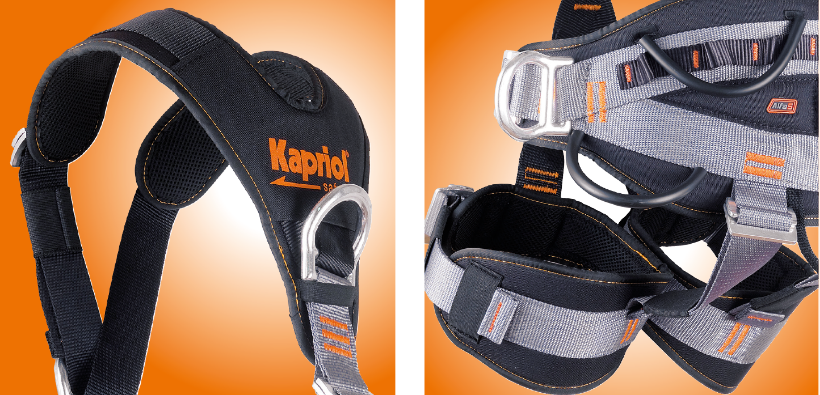
The special stitching patterns in the points of greatest stress have been specifically studied to provide extra support in the case of a fall.
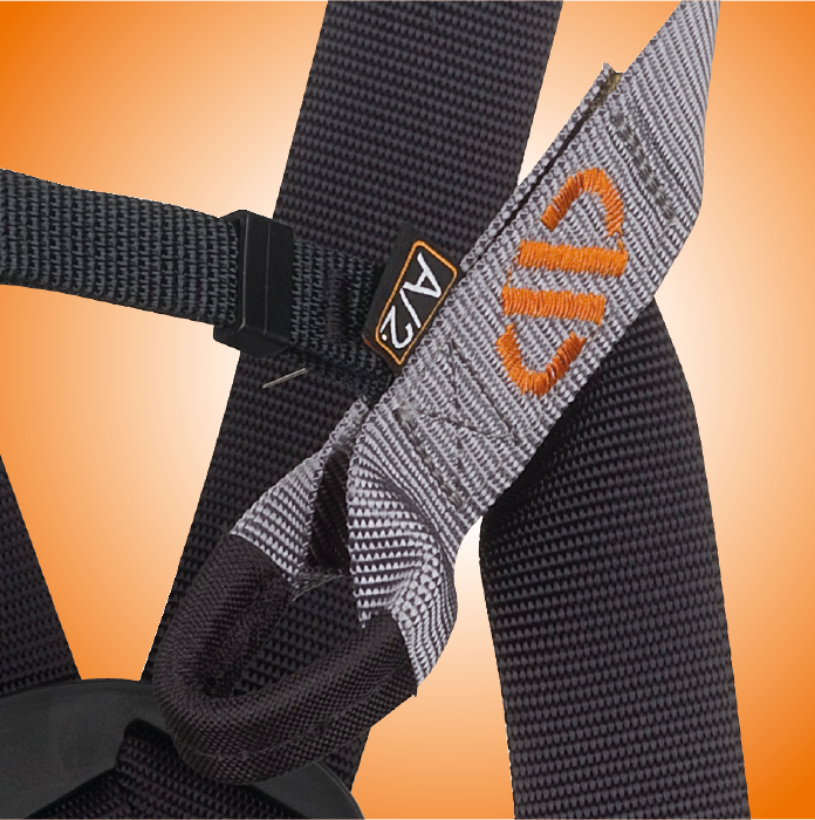
A/2 indication identifies the connectors that, when coupled, have a fall protection function (A).
WARNING: when used individually, the A/2 connectors do not have a fall protection function

Kapriol harnesses come in different sizes, and are fitted with clip clasps with ample margins of adjustment. This ensures correct wearability whatever the season, regardless of the operator's own clothes. All harnesses come with their own special label.
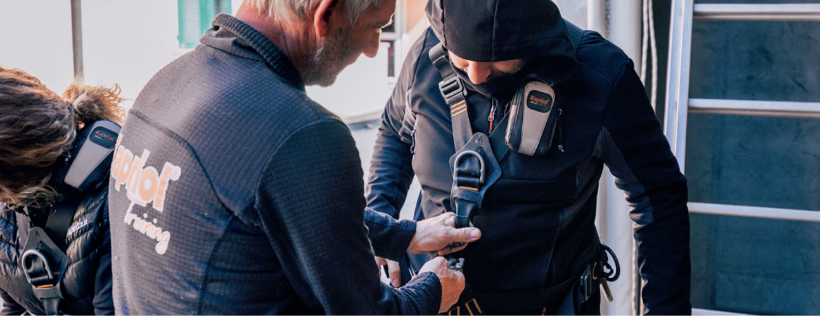
When putting on the devices, the double colouring helps to quickly identify the leg loops and shoulder straps.
1. Hold the back fall protection ring and make sure that all the straps are flat and the buckles open.
2. Put the shoulder straps on (black).
3. Fasten the chest belt buckle.
4. Slide the free ends of the leg loops (grey) between the legs and connect them to the relative clasps.

After a fall, the intervention times must be as quick as possible (aid must reach the operator within 15 minutes from the accident). Remaining in a suspended position for longer than this time generates a risk of "suspended syndrome", i.e. blocking of blood circulation to the limbs caused by crushing which, combined with prolonged lack of movement, can in critical conditions be
fatal for the patient. Correct design of harnesses can reduce this risk, whilst the use of power dissipaters reduces the impact force to acceptable standard levels and are tolerated by the human body. Moreover, the presence of a suitable first aid kit at the workplace, and correct use of the same, can also reduce aid intervention times for the patient.

Recommended use

Inclined surface
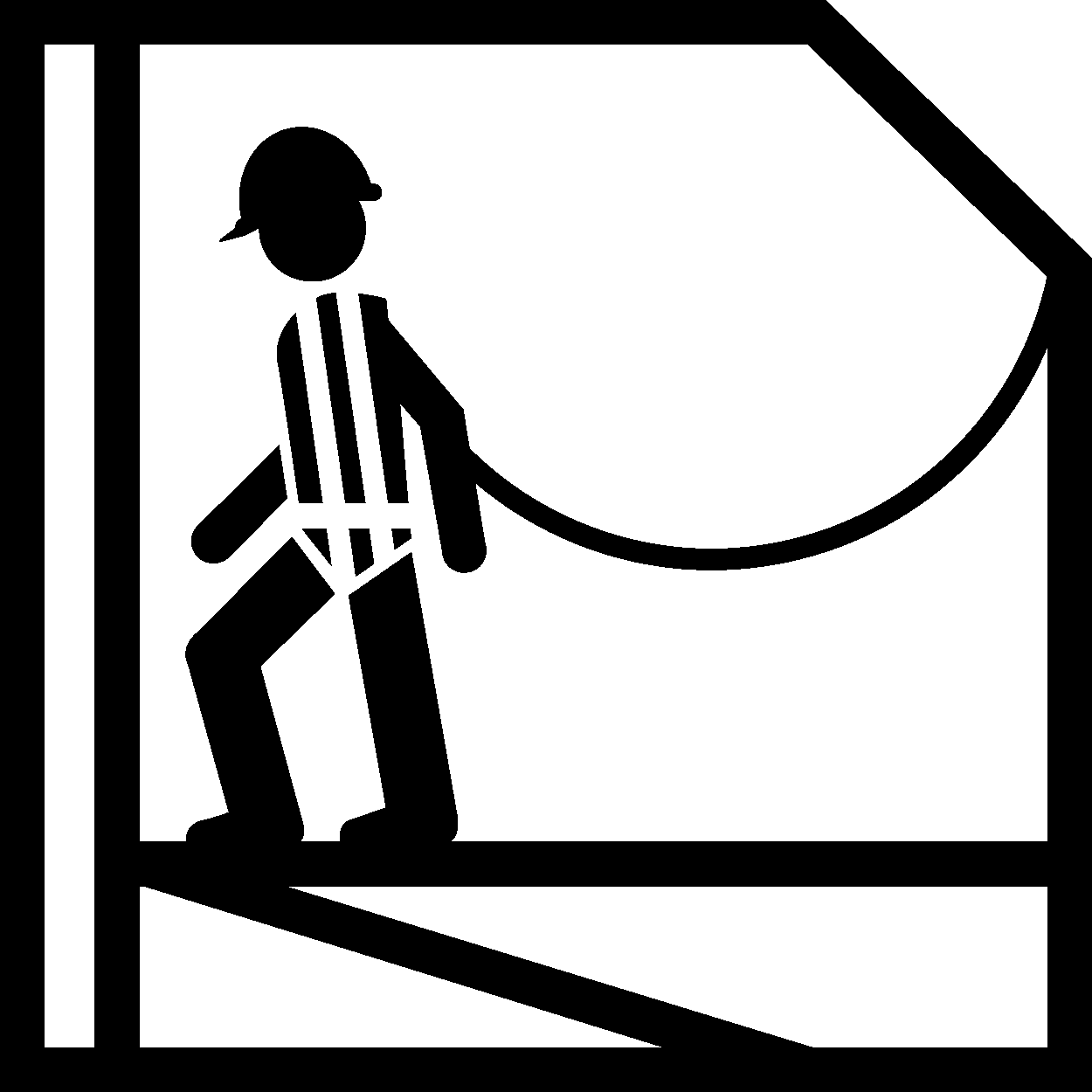
Scaffolding

Rescue and recovery

Confined spaces
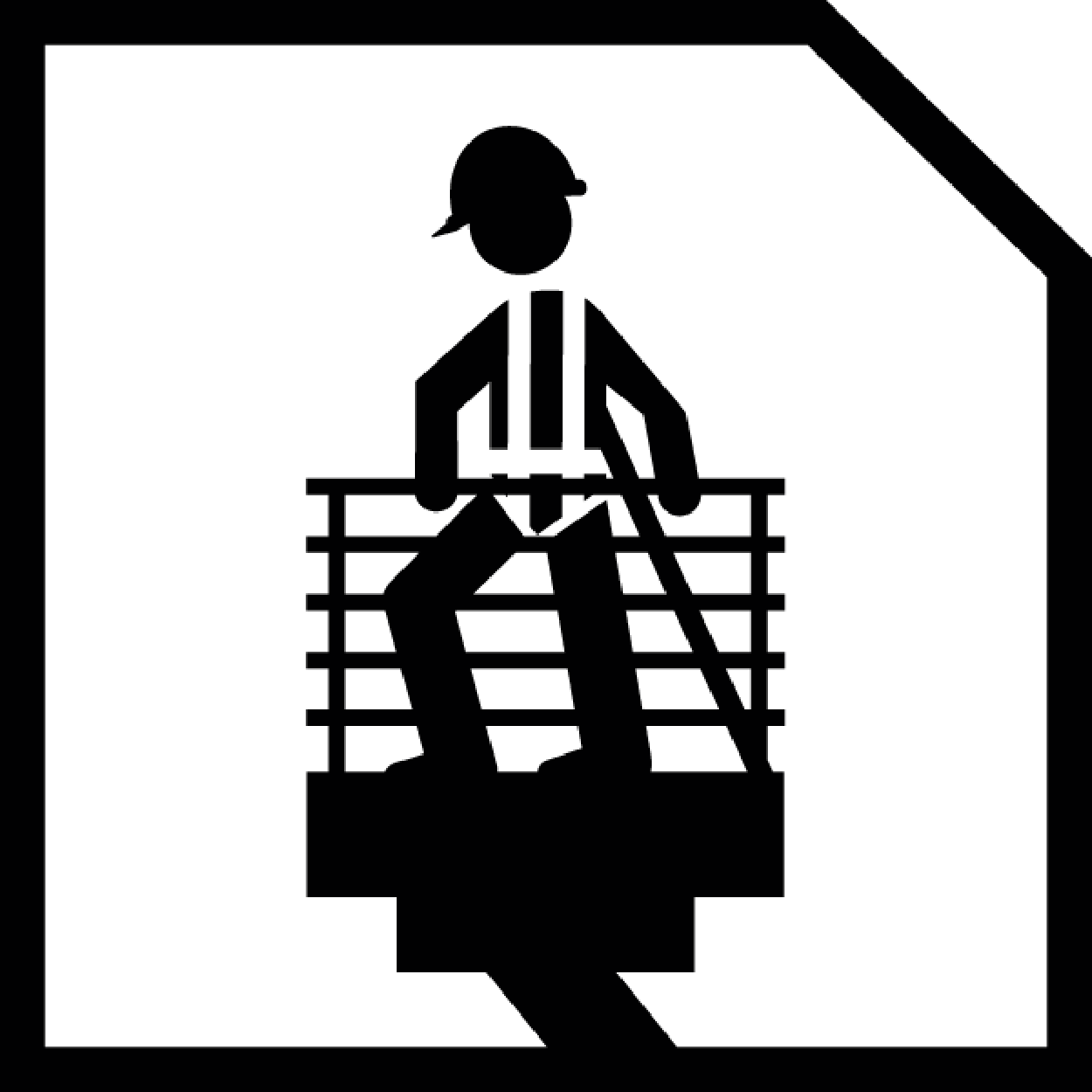
Restraint (on platform)

Restraint (on fixed surface)
Possible use

Positioning (on upright)




